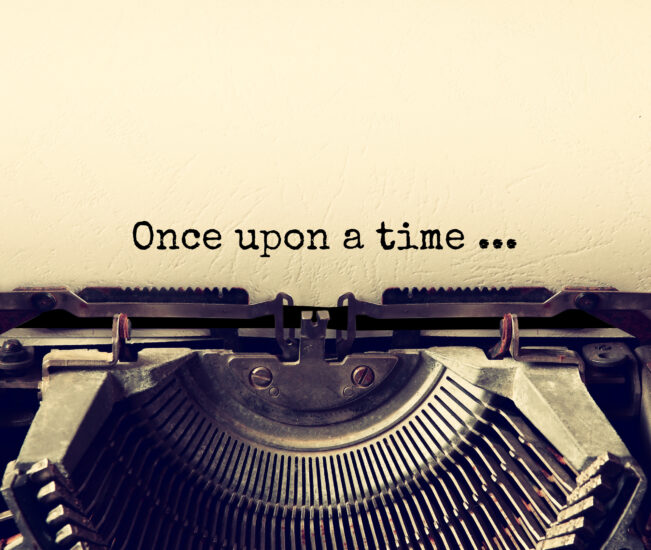
What do we mean when we talk about point of view in fiction?
How many points of view are there, and will your story benefit from using one over another?
Put simply, “point of view” is the narrative voice in which your story is told.
Here, I’ll talk a little about the three most commonly used points of view in novels and short stories.
First person
This is when the story is narrated from one point of view (with the first-person pronoun “I”).
“I” has its benefits. It can offer a closer insight into a character’s mind and personal feelings, for example.
Though this can help with reader empathy, it can lead to more linear storytelling, as events are only experienced through the eyes of one protagonist at a time.
First person works well in short stories, but it’s not something we would encourage in serials, as the latter’s strength is multiple characters and intertwining storylines.
Second person
It’s not such a widely used viewpoint in fiction.
It’s often seen in non-fiction and blog posts such as this one. It makes use of the pronoun “you”, and can be used to good effect to engage the reader with the narrator of the story.
It places the reader into the beating heart of the action.
But the neutral voice can alienate the reader from developing an understanding with the characters.
Third person
The most common point of view in fiction, and the one most of our writers adopt.
This makes use of the pronouns “he” and “she”. It can offer a happy balance to character development, as it allows the writer to explore different characters through the course of the story.
Third person can further be broken down into “omniscient”, “objective” and the “popular limited” viewpoint.
The omniscient narrator has insight into all your characters, as well as offering personal views and comments on characters and plot. It is essentially “god mode”.
Meanwhile, objective can offer the same scope in relation to narrative opinions, but it stays dissociated from characters’ thoughts and feelings.
The limited viewpoint focuses on a set of characters through the course of a story.
This works particularly well in serials, as it helps the reader form a connection with two or three main characters.
For more great fiction tips and tricks, click here.
If you can’t get to the shops just now for your “Friend”, subscribe now by clicking here. This will mean your “Friend” will come straight to your doorstep!




